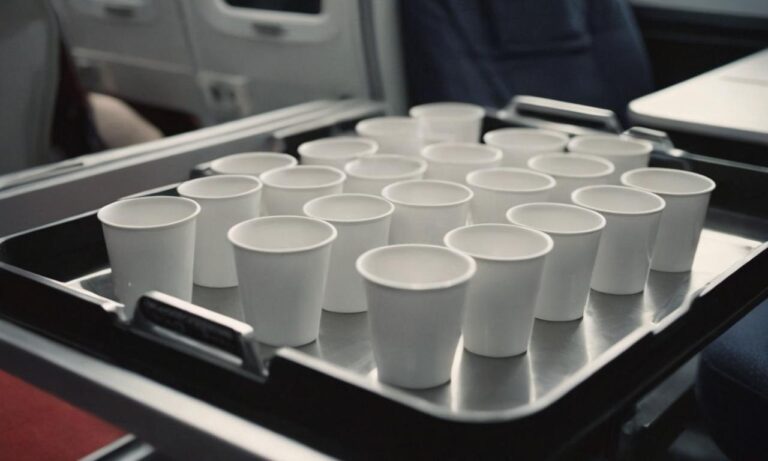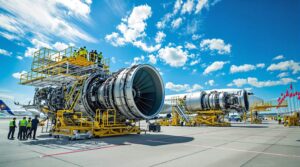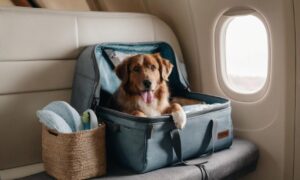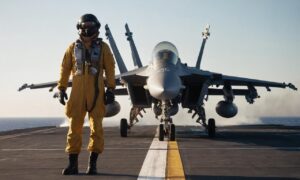When it comes to air travel, understanding the regulations surrounding the transportation of liquids is crucial for a smooth journey. The maximum liquid size on a plane is a topic that often raises questions among passengers, as adherence to these guidelines ensures both safety and efficiency during the travel process.
The Basics of Liquid Regulations
Before delving into the specifics, it’s important to grasp the fundamental principles governing the transport of liquids on airplanes. The guidelines are primarily in place to enhance security measures and streamline the boarding process.
Carry-On Restrictions
For liquids in carry-on luggage, the 3-1-1 rule is a key factor. Passengers are allowed to bring liquids in containers of 3.4 ounces (100 milliliters) or less per item. These containers must be placed in a quart-sized, clear, resealable plastic bag, with each passenger limited to one bag.
Exceptional Cases
Some exceptions exist for medications, baby formula, and breast milk. These items may exceed the standard limits, but passengers should be prepared for additional screening and verification processes at security checkpoints.
Checked Luggage Considerations
When it comes to liquids in checked luggage, passengers generally have more flexibility. However, it’s essential to secure these items properly to prevent leaks or spillage during transit. Wrapping liquids in plastic and placing them in sealed bags can provide an added layer of protection.
Specialty Items
Passengers carrying items such as duty-free liquids or large containers should be aware of specific regulations. While these items are generally allowed, they might be subject to additional screening procedures, so it’s advisable to check with the airline beforehand.
International Travel
For those embarking on international journeys, it’s crucial to be aware of both the regulations imposed by the airline and the customs regulations of the destination country. Some countries may have stricter rules regarding the transport of liquids, and non-compliance could result in delays or confiscation of items.
Preparation Tips
To facilitate a smoother screening process, passengers should organize their liquids in an easily accessible manner. Having the quart-sized bag of liquids readily available for inspection can expedite security checks and reduce stress for both passengers and airport personnel.
Understanding and adhering to the regulations surrounding the maximum liquid size on a plane is essential for a hassle-free travel experience. Whether you’re a seasoned traveler or a first-time flyer, being well-informed about these guidelines ensures a smoother journey through security checkpoints and contributes to the overall efficiency of air travel.
Frequently Asked Questions
Travelers often have common queries about the maximum liquid size on planes. Here are some frequently asked questions to provide clarity on this crucial aspect of air travel.
Can I bring multiple quart-sized bags of liquids in my carry-on?
No, passengers are allowed only one quart-sized, clear, resealable plastic bag for liquids in their carry-on luggage. Consolidating all liquids in a single bag helps streamline the security screening process.
Are there specific guidelines for gel-based or aerosol liquids?
Yes, gel-based and aerosol liquids are subject to the same 3.4 ounces (100 milliliters) per container limit. Ensure that these items are also placed in the designated quart-sized plastic bag for inspection at security checkpoints.
Additional Considerations for Checked Luggage
While checked luggage provides more flexibility for carrying liquids, there are still important considerations to keep in mind to ensure a trouble-free journey.
What precautions should I take for fragile or valuable liquid items in checked luggage?
For fragile or valuable liquid items, it’s advisable to double-wrap them in plastic and place them in a sturdy container to prevent breakage during transit. Adding a layer of padding around the items can provide an extra layer of protection.
Traveling with Specialized Equipment
Passengers with specialized equipment containing liquids should be aware of unique regulations to ensure a seamless travel experience.
What about travelers with medical devices that contain liquids?
Passengers with medical devices containing liquids, such as insulin pumps or nebulizers, are usually allowed to bring these items on board. However, it’s recommended to inform the airline in advance and carry necessary documentation for smooth security clearance.
Global Variations in Liquid Regulations
International travelers should be cognizant of the fact that liquid regulations may vary from country to country. Understanding these differences is vital for avoiding complications during entry and exit.
How do I stay informed about liquid regulations for my destination country?
Check with the relevant embassy or consulate of your destination country for the most up-to-date information on liquid regulations. Being well-informed in advance can help you avoid any surprises upon arrival.






